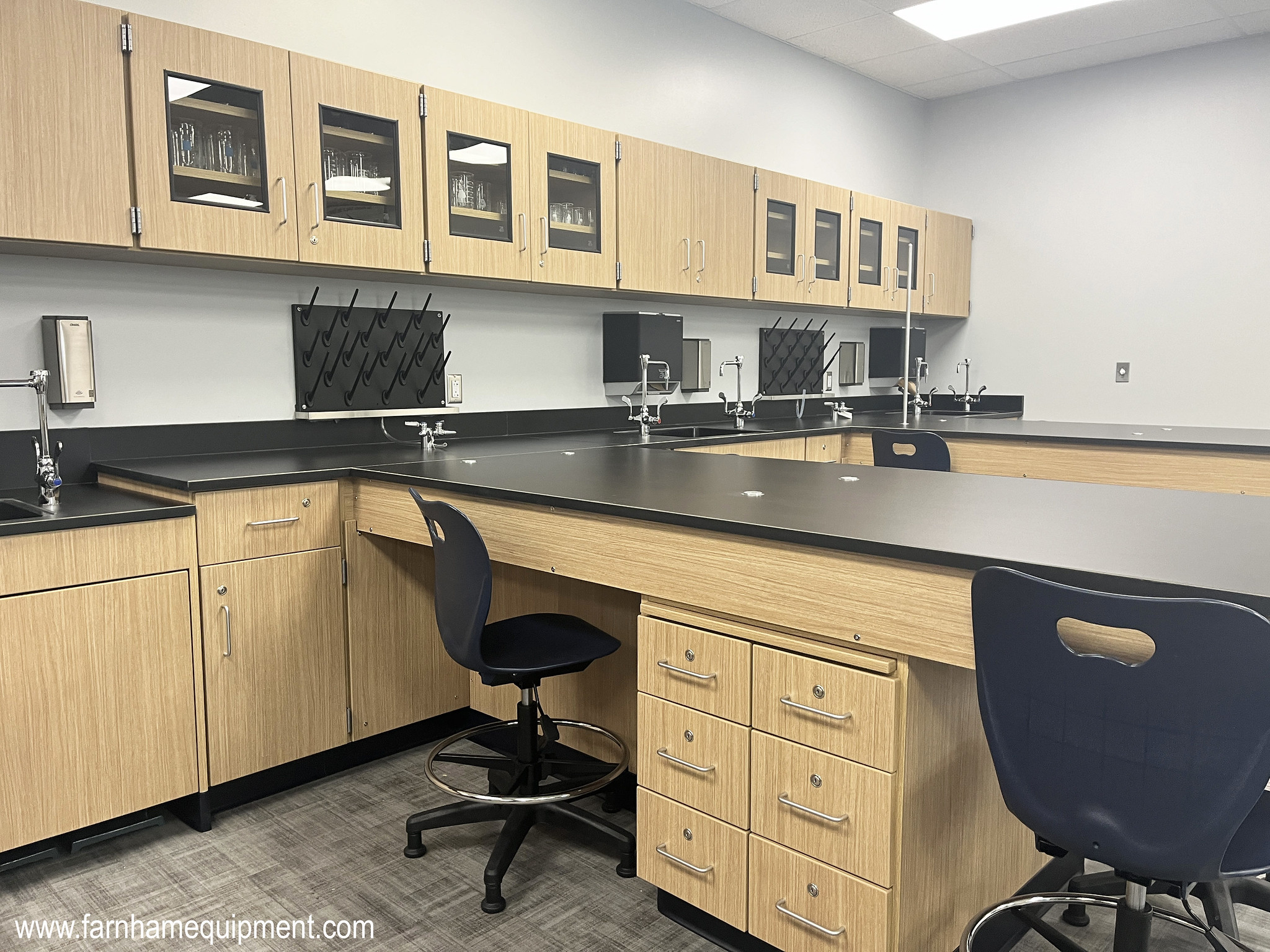The International Code Council (ICC) has dubbed May Building Safety Month. The International Code Council, a non-profit established in 1994, is a member-focused association dedicated to developing model codes and standards used in the design, build, and compliance process to construct safe, sustainable affordable and resilient structures. These codes are a set of comprehensive, coordinated building safety and fire prevention codes that benefit public safety and support the industry’s need for one set of codes without regional limitations. All fifty states and the District of Columbia have adopted the ICC, or I-Codes, at the state or jurisdictional level. While we focus on the International Building Code, the ICC has developed an impressive inventory of comprehensive and coordinated International Codes.
In honor of Building Safety Month, we want to share some of our own advice when it comes to Indoor and Outdoor Bleacher and Grandstand Safety. The ICC 300-2012 is the most recent set of standards for Bleachers, Folding and Telescopic Seating, and Grandstands and includes comprehensive provisions for new and existing installations, regulating the design, inspection and construction of such installations.
The set of standards developed by the ICC was initiated by some alarming statistics:
- During 1999, bleacher accidents killed two children and caused 22,100 injuries.
- Approximately 6,100 of those injuries occurred when an individual fell from — or through — a stand of bleachers to the ground below. Children under the age of 15 accounted for about 4,910 of these incidents.
- The deaths recorded in 1999 involved a six-year-old child who fell through a 13-inch opening between the footboard and seatboard and a three-year-old who fell through an opening in the guardrail
As a result, the Consumer Product Safety Commission, backed by Federal Legislation, formed a Roundtable on Bleachers and Grandstands. Following, the Code Council Board of Directors appointed the International Code Council Consensus Committee on Bleacher Safety to develop a standard to cover both new and existing installation of bleachers which includes fixed, telescopic, indoor, outdoor, temporary, and permanent use.
Three questions often come up when discussing code compliance:
- What is required of a public facility that has Bleachers and/or Grandstands?
- Who is “EXEMPT” from following these requirements?
- What/who is “Grandfathered In”?
A public facility must meet the requirements of Chapters 1-4 of the ICC-300. These chapters include the requirement of an annual inspection:
“The owner shall cause all bleachers, folding, and telescopic seating, and grandstands to be inspected at least once a year by a qualified person to verify the structure is maintained in compliance with the provisions of this standard. All folding and telescopic seating shall also be inspected to evaluate compliance with the manufacturer’s installation and operational instructions, including an inspection during the opening and closing of such seating.”
It’s important to also know that the ICC Standards on Bleachers, Folding and Telescopic Seating, and Grandstands define a qualified person as:
“A professional trained in the proper and safe use, operation, and repair of bleachers, folding and telescopic seating and grandstands and is knowledgeable in the requirements of this standard.”
FEC employees are required to fulfill a number of requirements prior to becoming a certified Service Technician capable of providing full inspections, services, and repairs to ensure that our certified Service Technicians exceed the standards of a Qualified Person.
Who is “exempt” from following these requirements? No one, according to:
- Ohio Attorney General
- County Commissioners of Ohio
- State of Ohio Board of Building Standards
- Code Development & Support, Accessibility & Investigative Issues
- International Code Council
- National Fire Protection Association
Who is grandfathered in? The term “grandfathered” isn’t used in the ICC-300, rather a facility meets code requirements or it does not. However, there are some code requirements that reference new facilities and some that reference existing facilities. There are also code requirements that set forth mandatory upgrades for existing facilities. For example: Any and all openings on existing bleachers must prohibit the passage of a 4″ sphere and it is required that owners upgrade their bleacher systems to meet code requirements for existing facilities and eliminate liability risk.
The important thing to remember is that the code requirements were not put into place to be a nuisance and increase budgets. The code requirements are in place to keep you, your patrons, and your students safe. While the statistics above are from 1999 – there have been more recent incidences of bleacher collapse and injuries caused by improper operation and/or unsafe conditions. Make safety your number one priority – we can help!



0 Comments